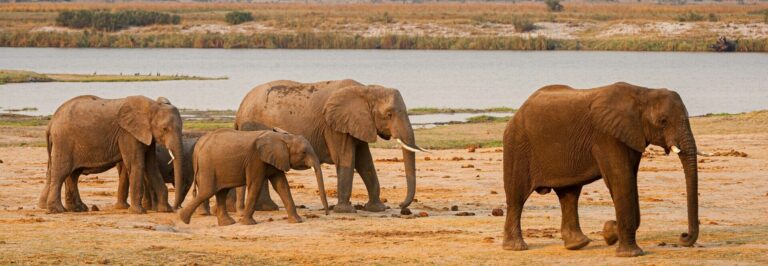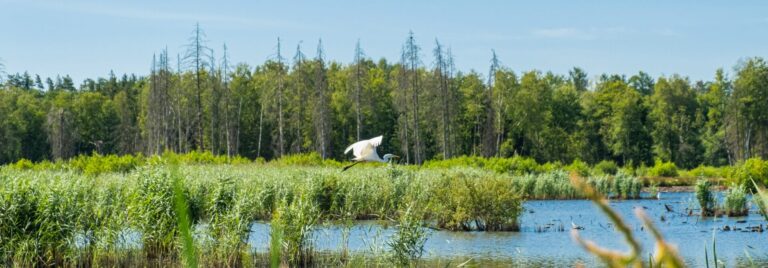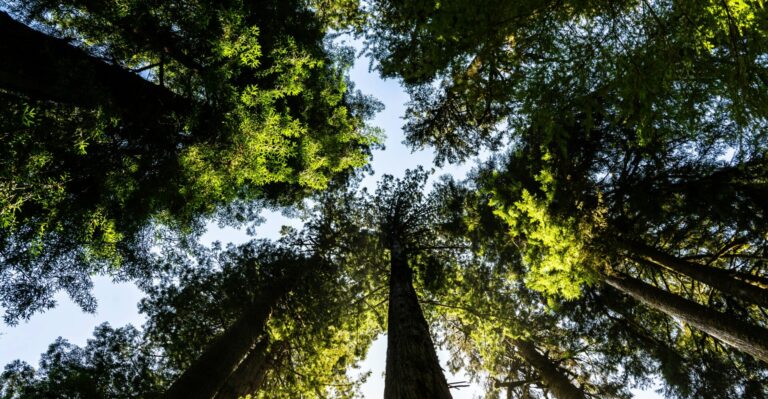Current Projects

Amazon Indigenous peoples
This project is part of an initiative titled “Language for Sustainability: Sustaining biodiversity and biocultures,” sponsored by the Global Consortium for Sustainability Outcomes.

Biodiversity in business and conservation return-on-investment
The Center for Biodiversity Outcomes is working with several partners to bring together biodiversity data from multiple sources and create new methods to integrate the data into corporate decision-making.

Endangered species recovery
The Center for Biodiversity Outcomes has partnered with the National Socio-Environmental Synthesis Center and the U.S. Fish and Wildlife Service to develop a tool to compare different funding allocation strategies for actions to recover endangered species. This tool is called the Endangered Species Recovery Explorer. This work was motivated, in part, by recognition from USFWS of past critiques of its recovery allocation process.

Conservation education and leadership training
The Center for Biodiversity Outcomes is developing programs that provide basic literacy in the environment and ecological sustainability, with a particular focus on engaging underserved youth.

Data to decisions in biodiversity
The Center for Biodiversity Outcomes is partnering with the ASU Biodiversity Knowledge Integration Center to integrate big data in biodiversity decision-making.

A new paradigm of conservation science
Our goal through this project is to gain a better understanding of the determinants of actionable science in conservation. While there has been exponential growth in conservation research, much of this science fails to be translated into practice and policy. Numerous solutions have been proposed to bridge this knowledge-action gap, yet it persists.